
Supply Chain Planning Certificate
Supply Chain
Planning Certificate Overview
Synchronization is
critical to fast, accurate production and delivery. By engaging all parts of
the business, professionals can align planning processes and enable their
supply chain organizations to experience significantly fewer disruptions.
ASCM’s Supply Chain
Planning Certificate program introduces these essential planning fundamentals
and clearly explains how to integrate all planning functions within a company.
The self-paced,
online program includes 20 hours of education and a comprehensive final exam.
After passing the exam, learners will receive a certificate and digital badge.
What Is Synchronized Planning?
Objectives:
·
Explain why companies plan.
·
Describe how the various levels of business
planning work with each other.
·
Identify the components of the manufacturing
planning and control (MPC) model.
·
Define synchronized planning and identify
synchronized planning level-two capabilities.
·
Define the digital competency model (DCM).
·
Identify technologies that support
synchronized planning.
·
Explain why it is important to understand the
principles and processes underlying, manufacturing
and distribution technology.
Topics:
Planning
Why Do Companies Plan?
How Do Companies Plan?
Manufacturing Planning and Control (MPC)
System
MPC Overview
Strategic Planning
Operations Management Planning
Operations Execution
Distribution Planning
Technologies within Strategic Planning
What Is Synchronized Planning?
Synchronized Planning Definition
Digital Capabilities Model (DCM)
Why Synchronized Planning?
Level 1 Capabilities
Level 2 Capabilities
Additional Digital Information Technology
for Supply Chains
Technologies within the Digital Supply Chain
Strategic Planning–Business Planning
Objectives:
·
Explain why business planning is important in
well-managed businesses.
·
Discuss types of market variables planners
should consider when developing strategy.
·
Describe technology’s impact on business
planning.
·
Describe the importance of synchronized
process linkages from business planning to execution
of plans.
·
Explain planning horizons and their
importance.
·
Discuss activities performed at different
levels of the synchronized business planning hierarchy.
·
Explain the importance of different types of
financial statements in business planning.
·
Discuss tools and techniques used to support
synchronized business planning.
·
Discuss the concept of operations strategy.
Topics:
Market and Technology Variables in
Business Planning
Current and Evolving Environments
Industry Advances and Technological Evolution
Digital Development
Planning Horizons
Synchronized Business Planning Hierarchy
Introduction to the Planning Hierarchy
Synchronizing the Mission–Getting Everyone on the Same
Page
Synchronizing the Vision–Keeping Everyone on the Same
Page
Strategic Plans–Balanced Scorecard
Strategic Plans–Channel Network and Scenario Planning
Synchronizing Financial Planning and Growth Strategy
Financial Planning–Profit and Loss Statements
Financial Planning–Sales and General Administrative
Expenses
Business Imperatives–Synchronizing Resources with
Objectives
Functional Support–Synchronizing Recourses with
Objectives
Synchronizing Core Process with Strategic Planning
Objectives
Other Tools and Techniques to Support
Synchronized Business Planning
Hoshin Kanri - Vertical and Cross Functional Alignment of
Objectives
Portfolio Life Cycle Planning–Synchronizing Plans with
Product Life Cycles
The ASCM Sustainability Framework
Operations Strategy–Manufacturing Environments
Operations Strategy–Inventory Planning
Supply Chain Strategies
Synchronizing Strategy for Multiple Business Units (in
Larger Businesses)
Strategic Planning–Demand Planning and
S&OP
Objectives:
·
Explain why and how demand planning is done
in well-managed businesses.
·
Describe the role of technology in demand
planning and S&OP.
·
Understand how to manage the sales funnel.
·
Explain how a robust S&OP process can be
helpful in risk management.
·
Identify the roles in the planning process
and how they fit within the tired S&OP system.
·
Interpret the five process steps within the
S&OP cycle.
Topics:
Demand Planning
Misguided Assumptions
Synchronizing with Business Planning
Business Plan Objectives
Marketing Investments
Sales Management
Historical Time-Series Data
Digital Contract Management
Sales and Operations Planning (S&OP)
S&OP Overview
Prerequisite Activities and Data Gathering
Key Measurements
Scheduling the Monthly S&OP Cycle and Steps
Software and Product Line Templates
S&OP Cycle and Final Meeting Agenda
Roles and Responsibilities in S&OP
Tiered S&OP
S&OP Handoff to the Organization
Tactical Planning–Master
Scheduling/MRP/Capacity Management
Objectives:
·
Discuss the objectives and uses of master
scheduling.
·
Describe the inputs to the master production
schedule.
·
Outline the steps in the master scheduling
process.
·
Discuss the objectives and uses of material
requirements planning (MRP).
·
Describe the inputs to MRP.
·
Describe types of bills of material and their
uses.
·
Outline the process of MRP.
·
Define the levels of capacity planning.
·
Describe various methods of measuring
capacity.
Topics:
Master Scheduling Overview
Objectives of Master Scheduling
Relationship of Master Scheduling to Other Plans
Differences in Master Scheduling based on Manufacturing
Strategy/Business Environments
Inputs to the MPS
The Master Scheduling Process
The MPS Grid
Steps in the Master Scheduling Process
Managing Change and the MPS
Material Requirements Planning Overview
Objectives of MRP
Relationship of MRP to Other Plans
Inputs to MRP
Bills of Material
Types of Bills of Material
Other Uses for Bills of Material
The MRP Process
The MRP Grid
Steps in the MRP Process
Managing Change and MRP
Capacity Management
Types of Capacity
Capacity Planning Levels
Methods of Measuring Capacity
Capacity Required (Load)
Scheduling Techniques
Managing Overloads and Underloads
Closed-Loop Planning
Operations Execution–Purchasing and
Production Activity Control, APS
Objectives:
·
Discuss the purchasing cycle and functions.
·
Explain how suppliers are selected.
·
Recognize current trends in the procurement
process.
·
Identify methods of environmentally
responsible purchasing.
·
Discuss the various types of manufacturing
and how they are controlled.
·
Explain how to use scheduling techniques.
·
Describe the theory of constraints.
·
Explain advanced planning and scheduling.
Topics:
Purchasing
Purchasing versus Procurement
Relationship with Synchronized Plans
Purchasing Cycle
Current Functions and Trends
Environmentally Responsible Purchasing
Ethical Sourcing
Purchasing and Supply Chain Management
Purchasing Performance Measurements
Production Activity Control (PAC)
PAC Objectives and Functions
Types of Manufacturing
Data Requirements
Manufacturing Lead Time
Scheduling Techniques
Sequencing and Dispatching Orders
Bottleneck Management
Reporting and Performance Measurement
Advanced Planning and Scheduling (APS)
What Is APS?
Distribution and Logistics Planning
Objectives:
·
Explain the role of distribution management
in the supply chain.
·
Discuss the objectives and drivers of the
channel network design and structure.
·
Describe critical decisions required when
developing a distribution plan.
·
Compare and contrast distribution
replenishment systems when they would be used.
·
Identify critical decisions required for a
successful warehouse strategy.
·
Describe critical decisions required for a
successful transportation strategy.
·
Identify common information systems used in
the distribution planning function.
Topics:
The Role of Distribution in Supply Chain
Management
Distribution Management in the Supply Chain
Distribution Planning and the Business Plan
Channel Network Design
Importance of Good Channel Network Design
Channel Design Tree Structures
Insourcing or Outsourcing within the Channel Network
Labor and Equipment
Inventory Planning
Balancing Supply and Demand
Distribution Channel Dependencies
Push or Pull?
Order (Reorder) Point
Basic Order–Point Model and Order–Point Trigger
Distribution Requirements Planning
Which to Use–Order Point or DRP?
Warehousing
Function and Objectives of Warehousing
Strategic Decision Components
Warehouse Space and Capacity Planning
Types of Warehousing
Warehouse Automation and Systems
Transportation
The Transportation Function
Transportation Strategic Planning
Shipping Requirements
Track and Trace
Information Systems
Enterprise Resources Planning
Trace-and-Track Technology
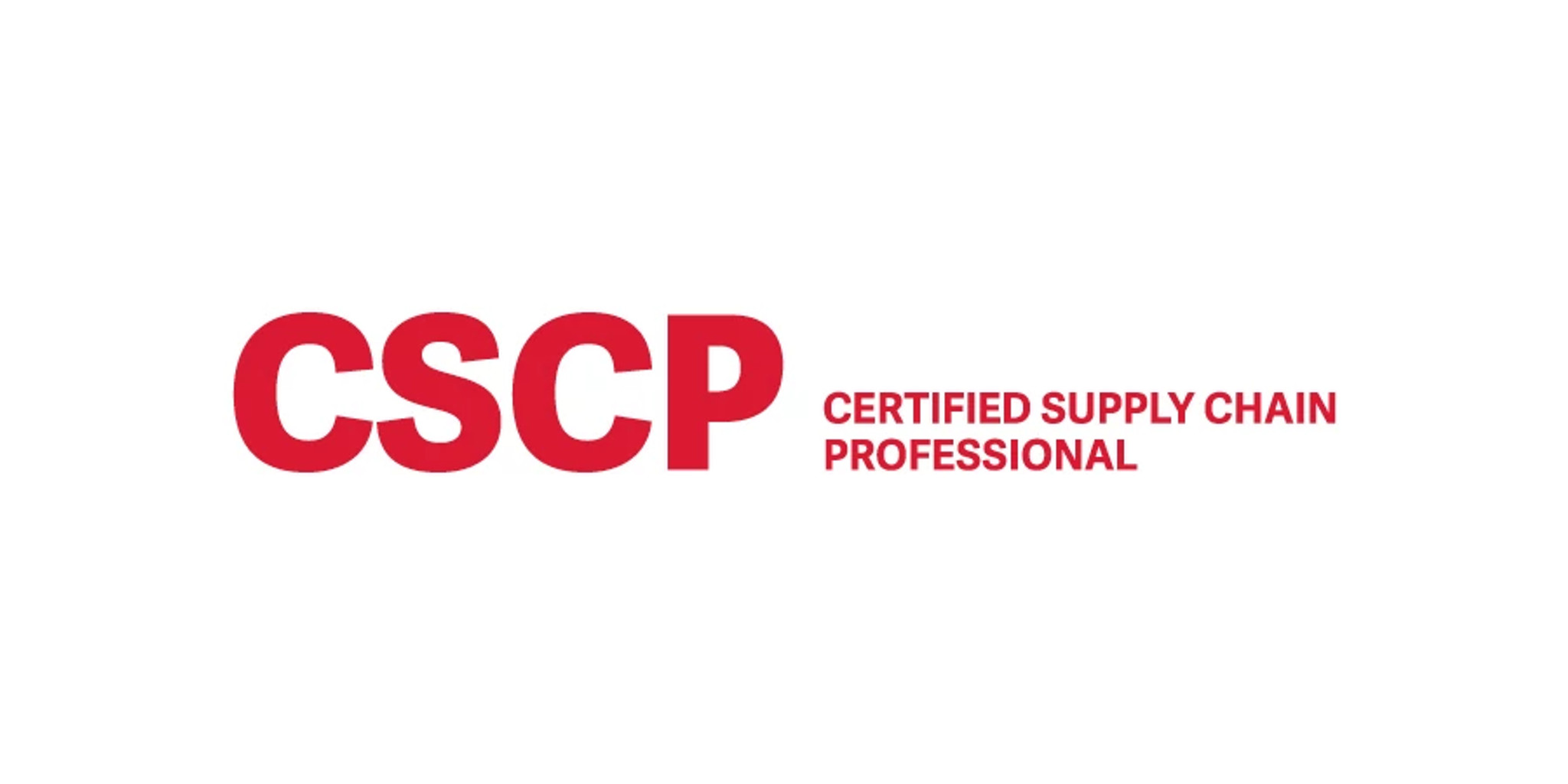
About Certified Supply Chain Professional
2025-08-02 23:47:08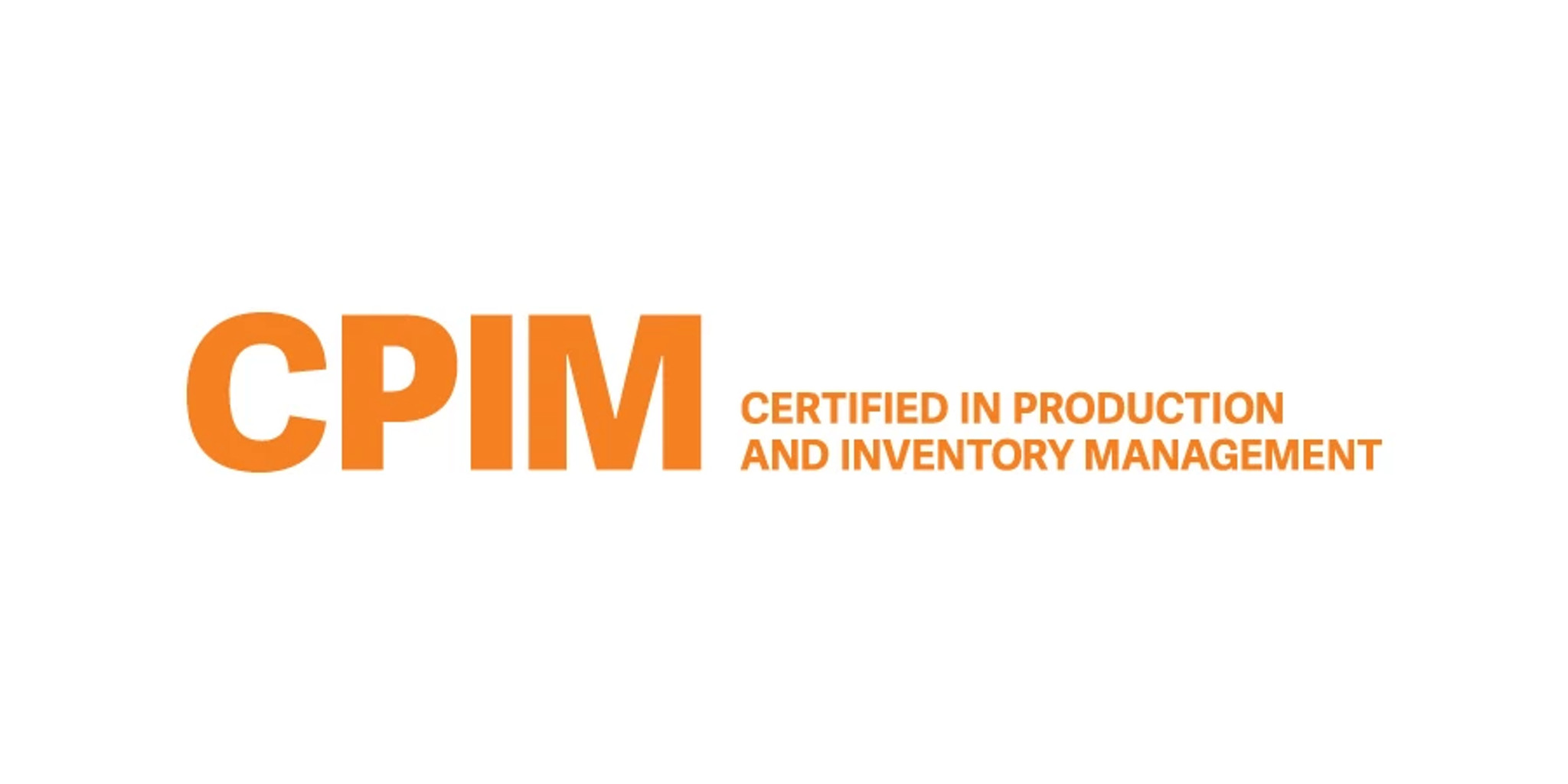
About Certified in Planning and Inventory Management
2025-08-02 23:58:30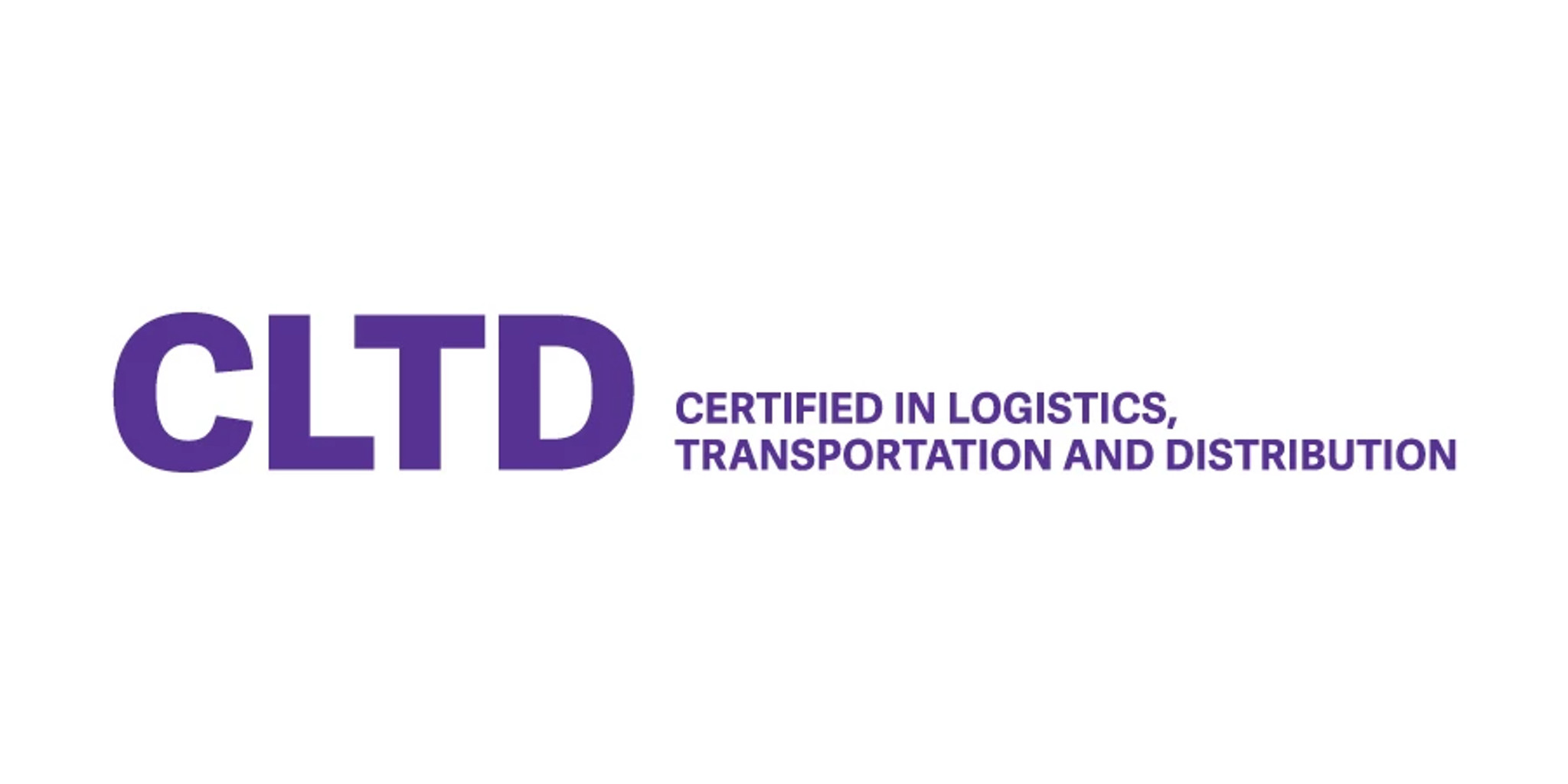
About Certified in Logistics, Transportation and Distribution
2025-08-02 23:49:28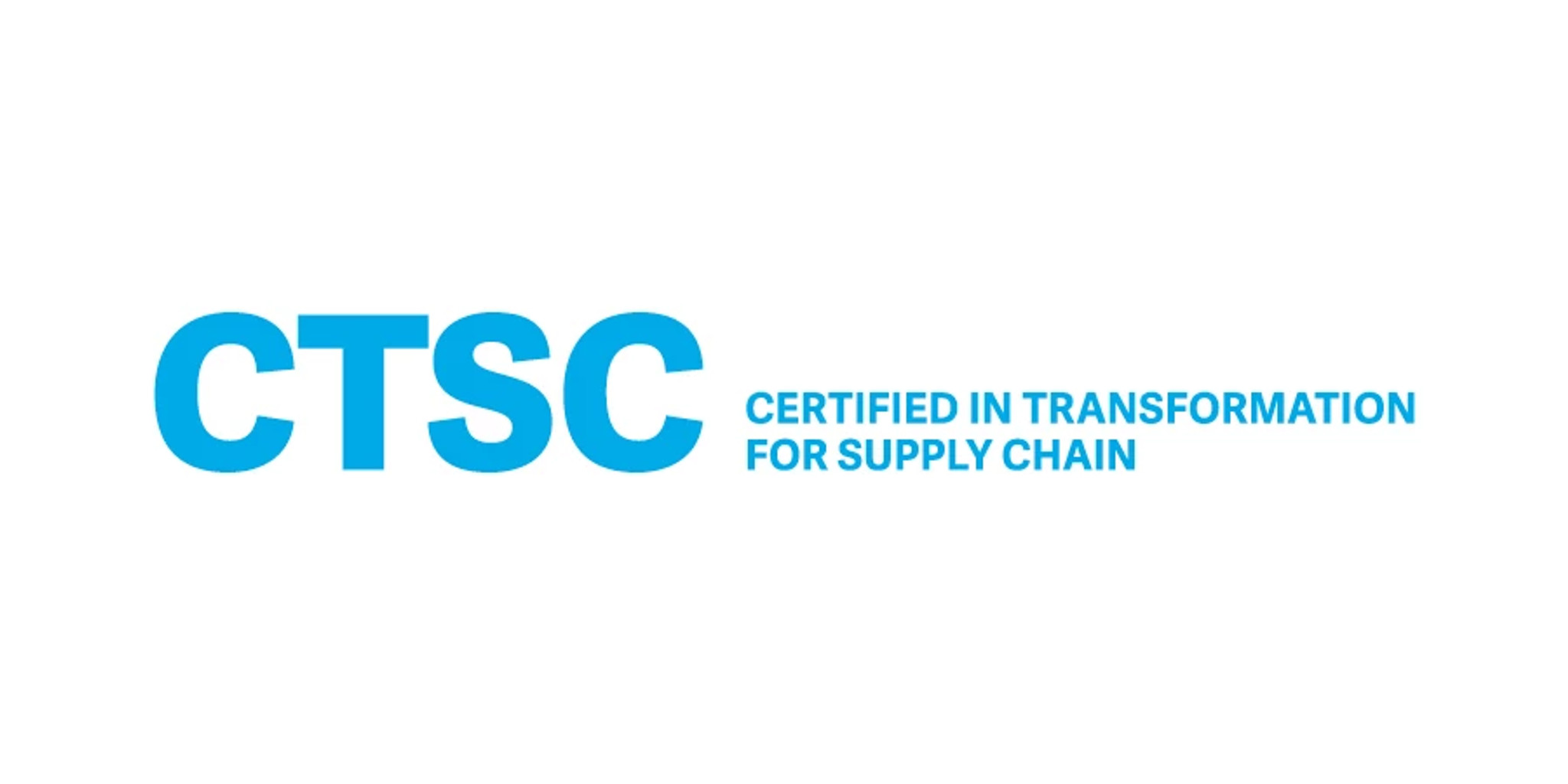
About Certified in Transformation for Supply Chain
2025-08-02 16:02:11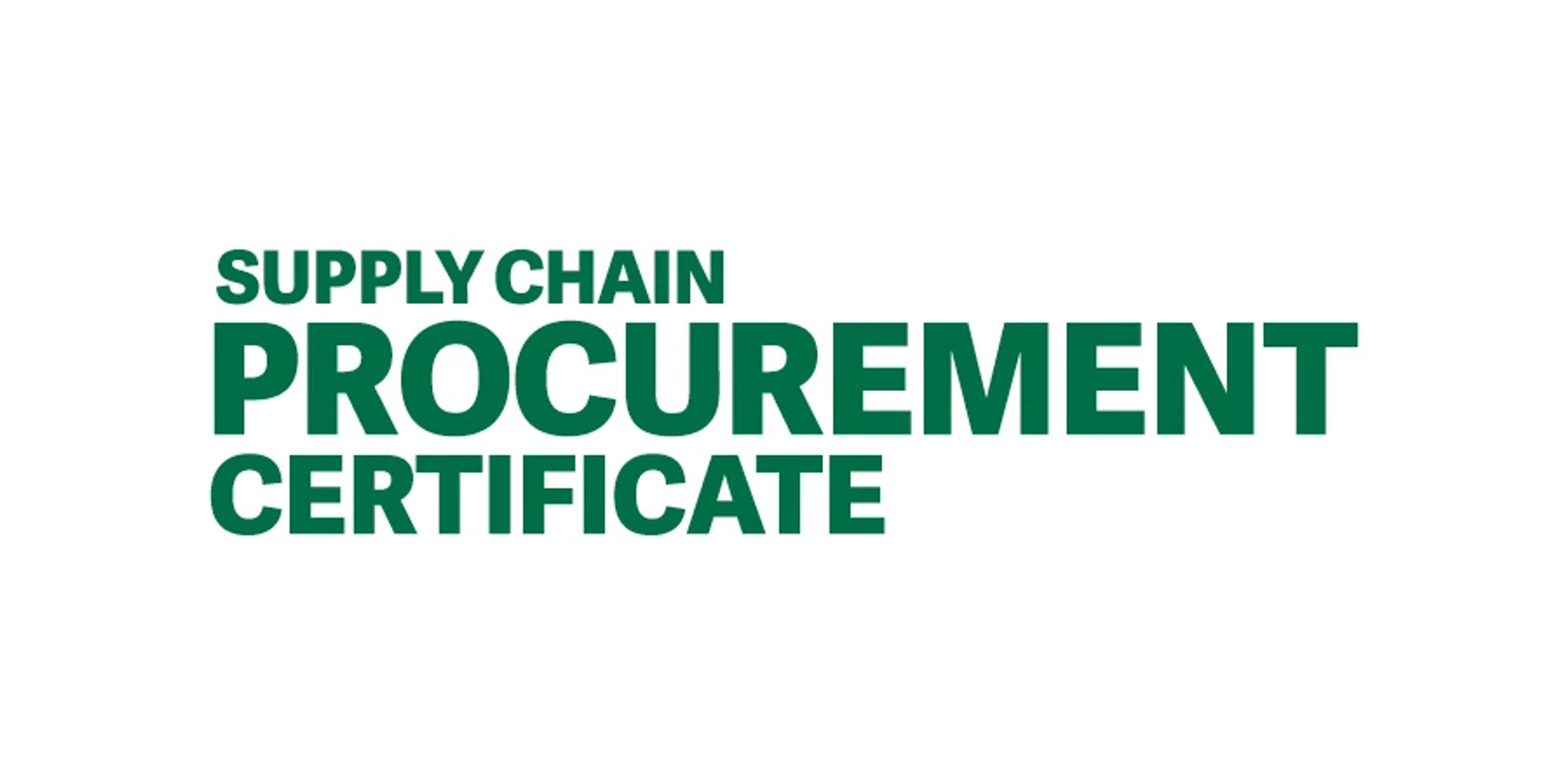
Supply Chain Procurement Certification
2025-07-31 21:44:18